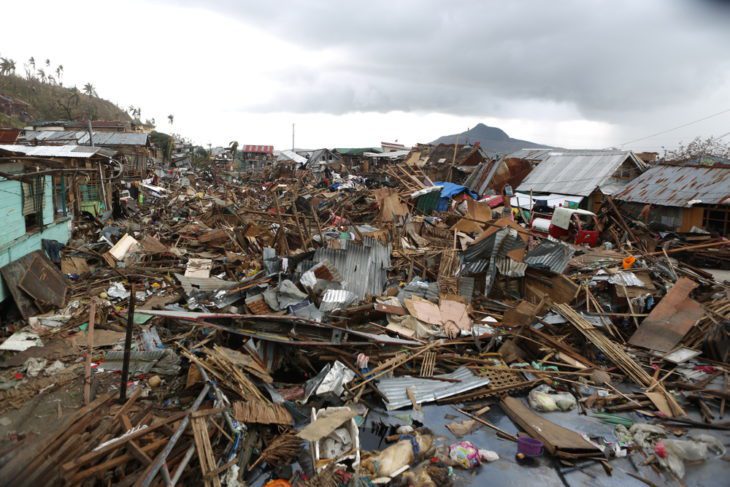A general term to describe a rotating, coordinated structure of clouds with thunderstorms – that starts over subtropical or tropical waters with a closed low-level atmospheric circulation. Tropical cyclones refer both to typhoons and hurricanes.
The hurricane is meant for the tropical cyclones which form in the Northeast Pacific and North Atlantic Ocean. Typhoons, on the other hand, are tropical cyclones that form in the Northwest Pacific Ocean. They are seen as more destructive compared to the hurricane because they hit heavily populated Asian countries. Here’s a compilation of the 10 of the worst typhoons ever.
1. Nina
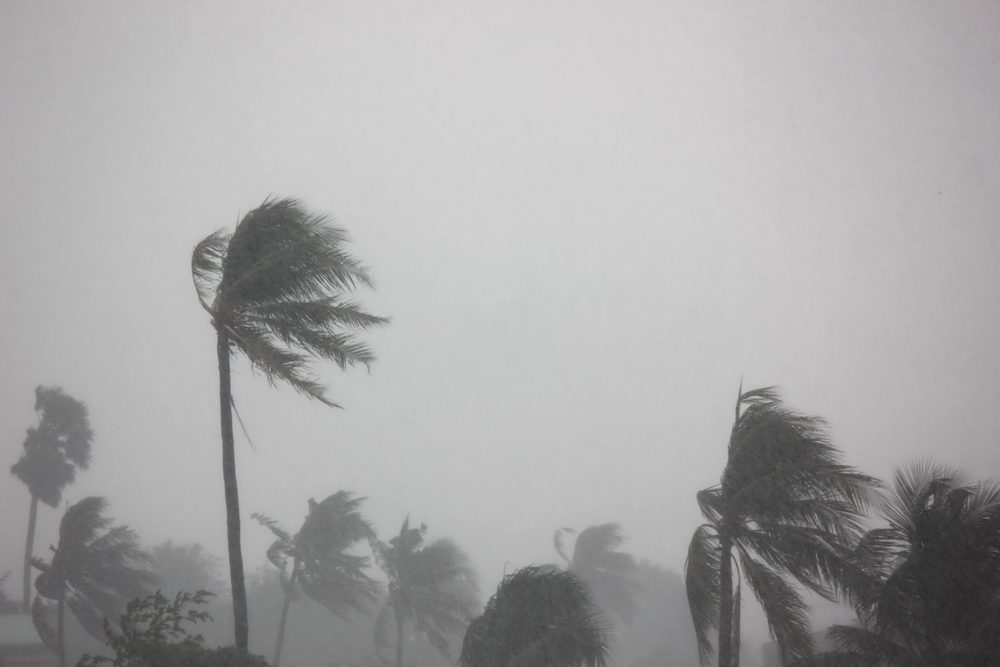
On July 30, 1975, the fourth deadliest typhoon recorded that falls under category 4 was typhoon Nina. The destruction of this typhoon did not come from its destructive winds but through the flooding caused by the destruction of Banqiao Dam located in the Zhumadian City, Henan province in China. Some smaller dams also collapsed due to the destruction of the Banqiao Dam that caused more damages and the number of deaths recorded was 229,000 people.
2. Haiphong
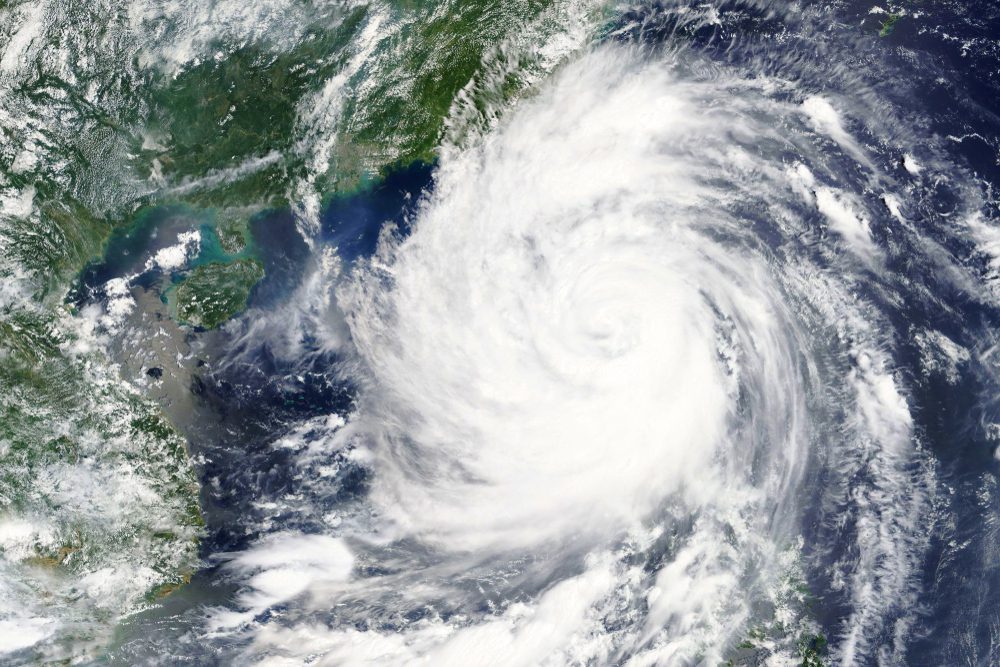
On October 8, 1981, Haiphong was among the most catastrophic and the third deadliest typhoons recorded in history. Its category is unknown as it occurred prior to the 20th century’s meteorological advances. However, this enormous typhoon was known to have reached the Gulf of Tonkin that ravaged Haiphong, Vietnam and its neighboring coastal area, which killed 300,000 people.
3. Haiyan
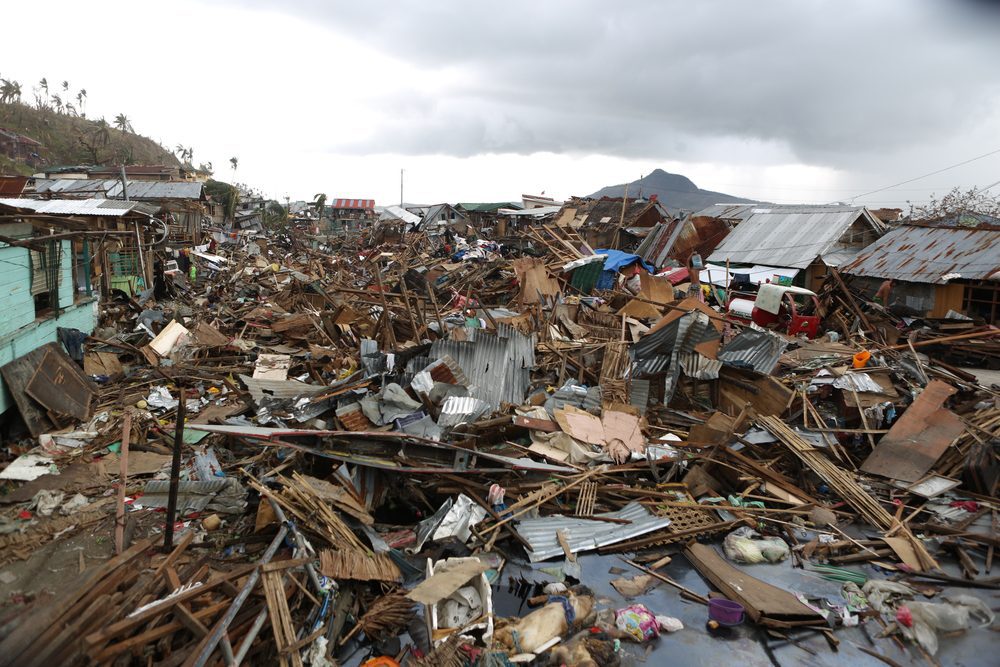
In November 2013, super typhoon Haiyan landed in Southeast Asia, particularly in the Philippines. A category 5 typhoon ever recorded in the world with a wind speed of 195 miles per hour or 315 kilometers per hour, killing 6,300 people, and the deadliest typhoon ever recorded in the Philippines.
4. Ida
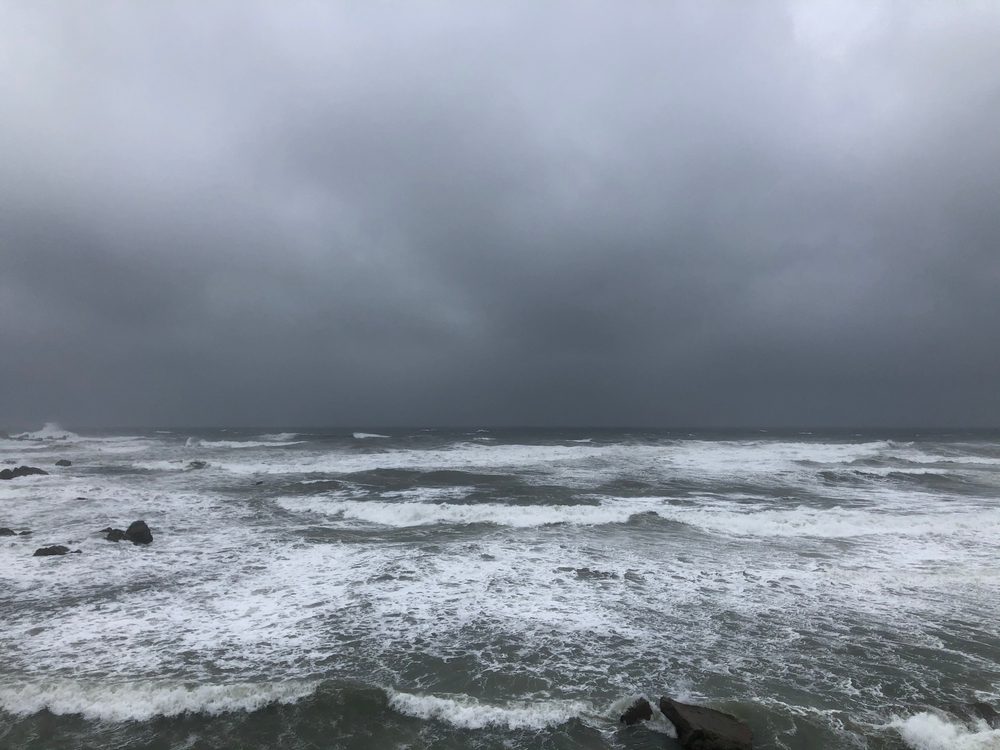
On the 20th of September 1958, typhoon Ida, Japan’s 6th deadliest typhoon, ruined 2,118 buildings and washed away railway bridges as well as 244 roads. Two-foot tides destroyed over 120,000 rice fields. The Arakawa, Kano, and Meguro rivers flooded and then spilled towards the piers and destroyed homes, stores, religious shrines, and freight depots. Aside from the death of 1,269 people, it also left 12,000 people without homes.
5. Sarah
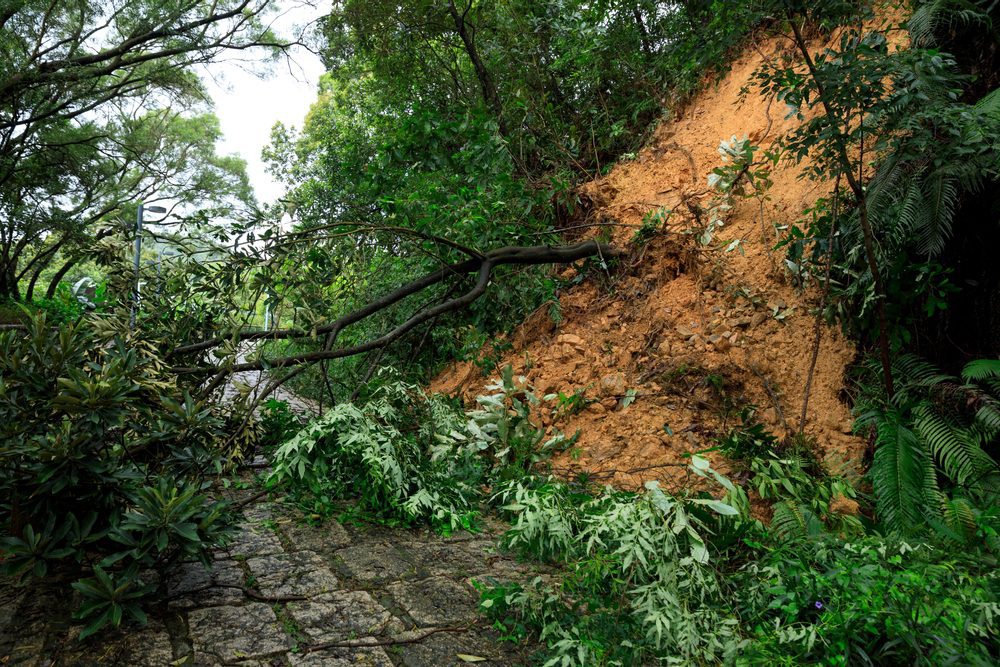
In South Korea and Japan, category 5 super typhoon Sarah‘s rain and high winds landed and destroyed thousands of people’s homes, ruined crops amounting to millions of dollars, caused severe flooding and thousands were left homeless. There was no official tally as to how many casualties, some sources said 840 deaths while others claimed 1,869 casualties.
6. Vera
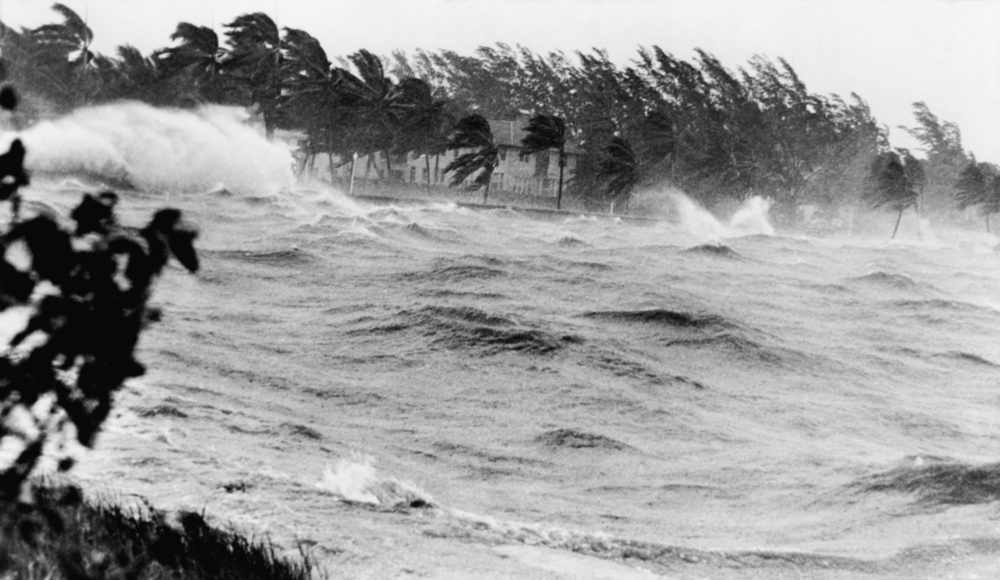
Among the typhoons that have passed in Japan, Vera was the deadliest and the strongest typhoon ever landed. It happened n September 20, 1959. A category 5 superstorm left this country with a total f 1.5 million homeless people, killing 5,500. The powerful winds, heavy rains, and enormous waves ruined crops, destroyed homes, and flooded rivers.
7. Nancy
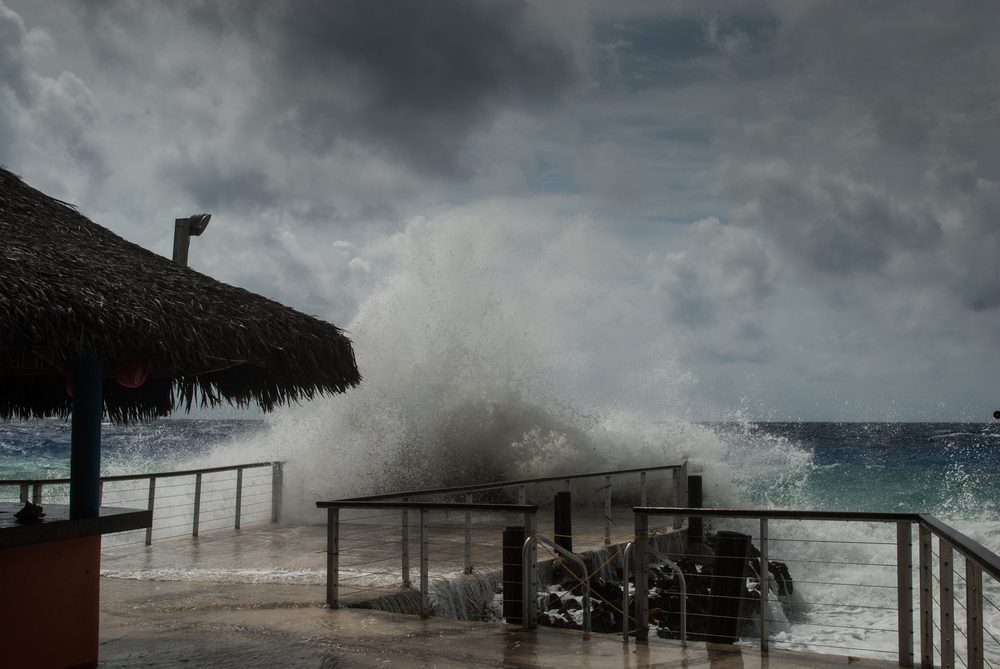
Nancy, a category 5 super typhoon, hit Japan and Guam on the 12th of September 1961. This typhoon holds the longest-lasting rank of category 5 typhoon in the Northern Hemisphere. It hit land with a wind of 215 mph and killed 191 lives.
8. Megi
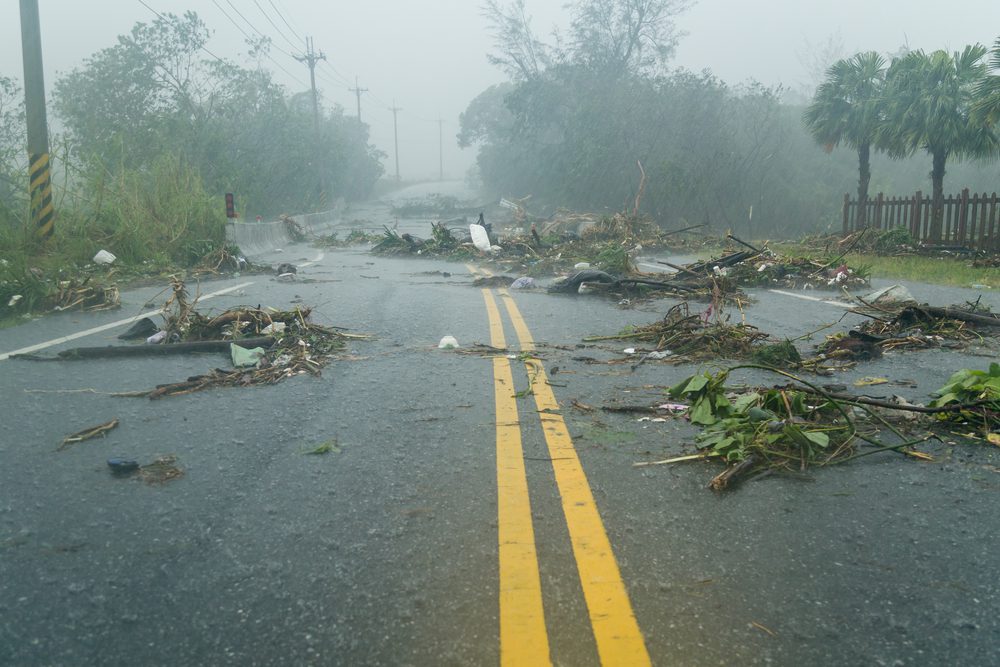
The term Megi is known in Korea as “catfish”. The category 5 super typhoon Megi landed on the 8th of October, 2010, in the Philippines and is among the strongest recorded typhoons. The aftermath of this typhoon affected 23 provinces, 17 cities, and over 2 million people. Aside from 69 deaths in Taiwan and Philippines, it also destroyed infrastructure, agriculture, and over 148, 000 homes.
9. Wanda
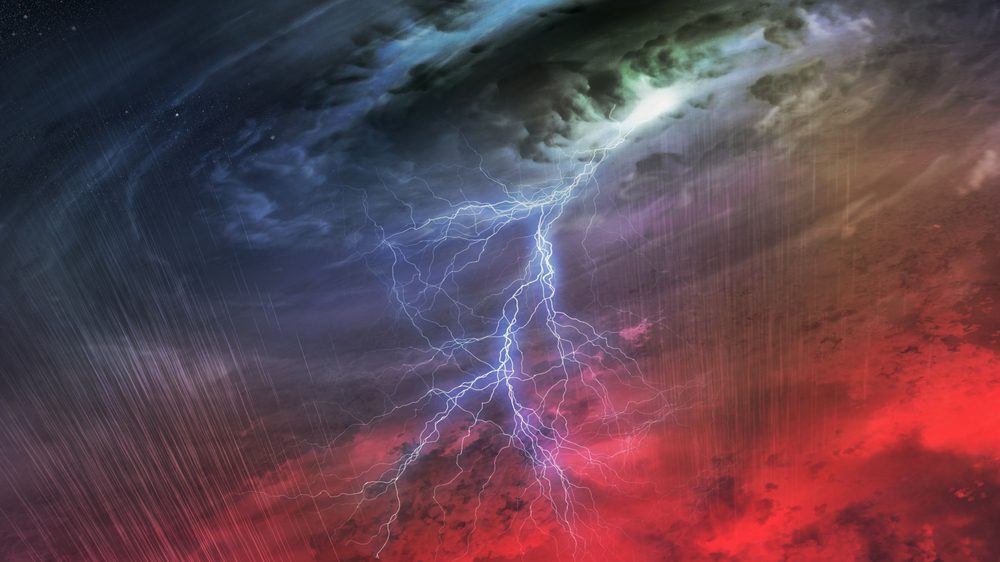
A category 2 typhoon, Wanda, hit Hongkong from August 27, 1962 up to September 1, 1962, the most powerful tropical cyclone ever recorded in Hong Kong. Although it is only category 2, the typhoon ruined over 2,000 boats and has left 72,000 people without homes. A total of 130 lives were lost.
10. Forrest
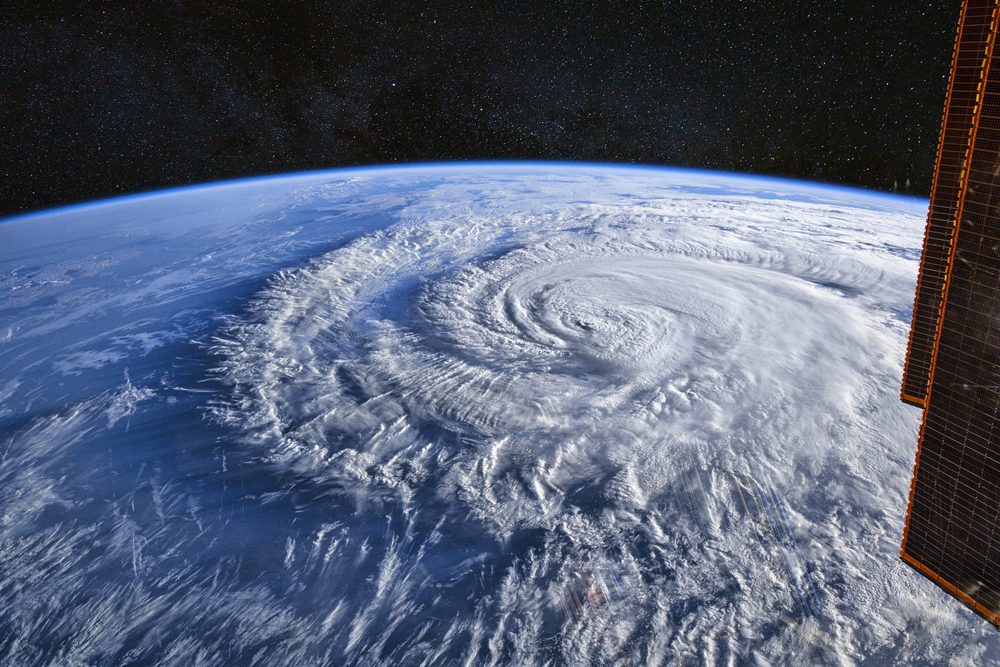
This is among the fastest-moving cyclones ever recorded. On the 19th of September 1983, his category 5 super typhoon developed over the Western Pacific. It left Japan with over 46 000 damaged homes. Though it wasn’t that destructive, it claimed 21 lives.
The damage left by these typhoons exposes the vulnerability of humans when it comes to natural calamities. The technology that could help humans to protect themselves from these devastating typhoons is still lacking. However, continuous research is ongoing.

